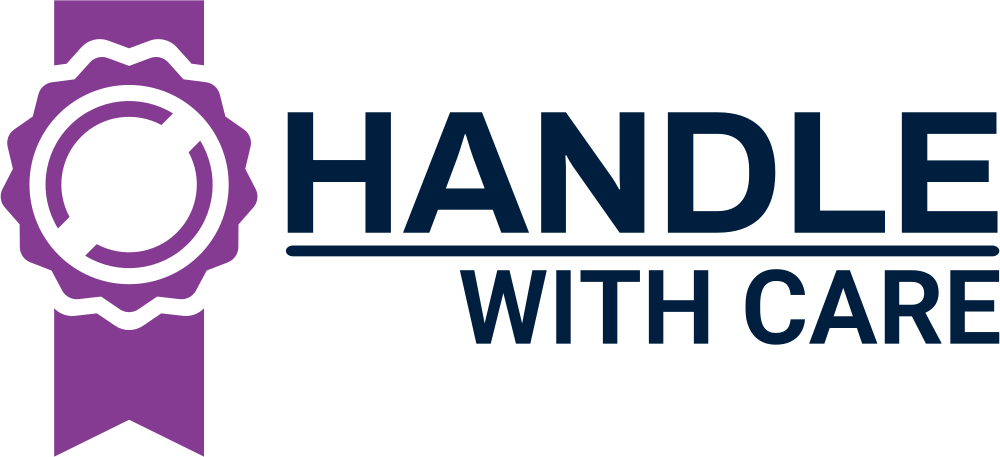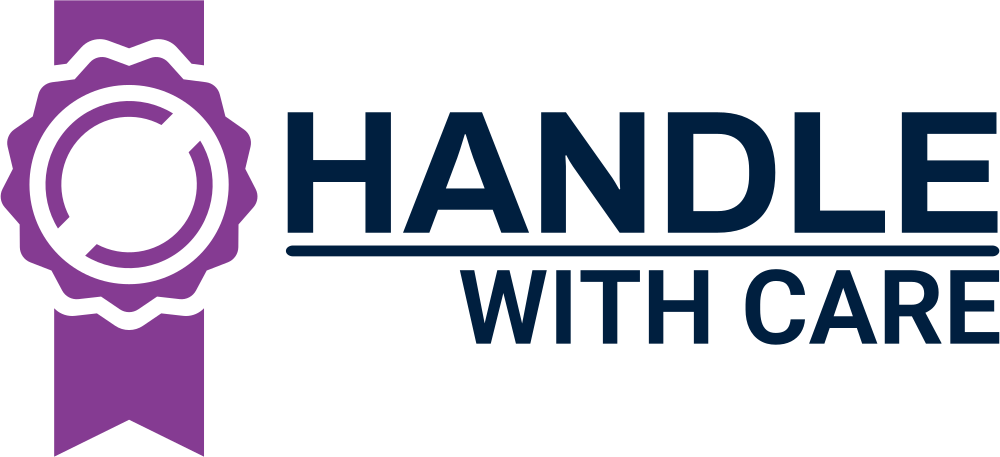On-site
CPR AED Training
CPR and AED training are important for anyone who may be called upon to administer emergency medical assistance. Bystanders play a crucial role in helping to save lives, and CPR and AED training can help them to be better prepared to respond in an emergency. CPR and AED training can help to improve the chances of survival for someone who has suffered a cardiac arrest.
It is estimated that up to 70% of out-of-hospital cardiac arrests could be survived if more bystanders were trained in CPR and AED use.

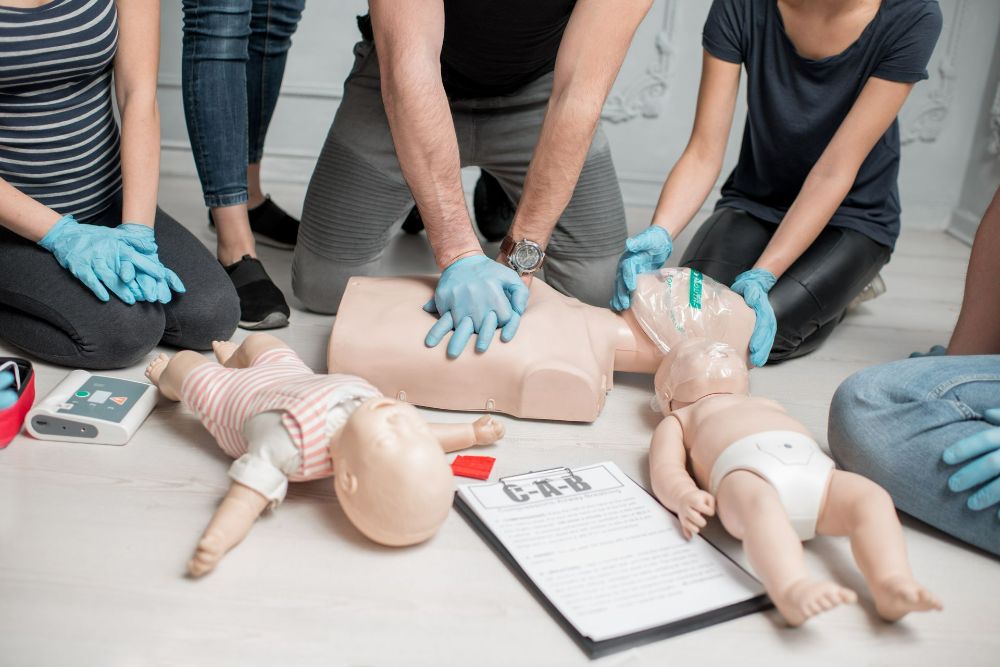
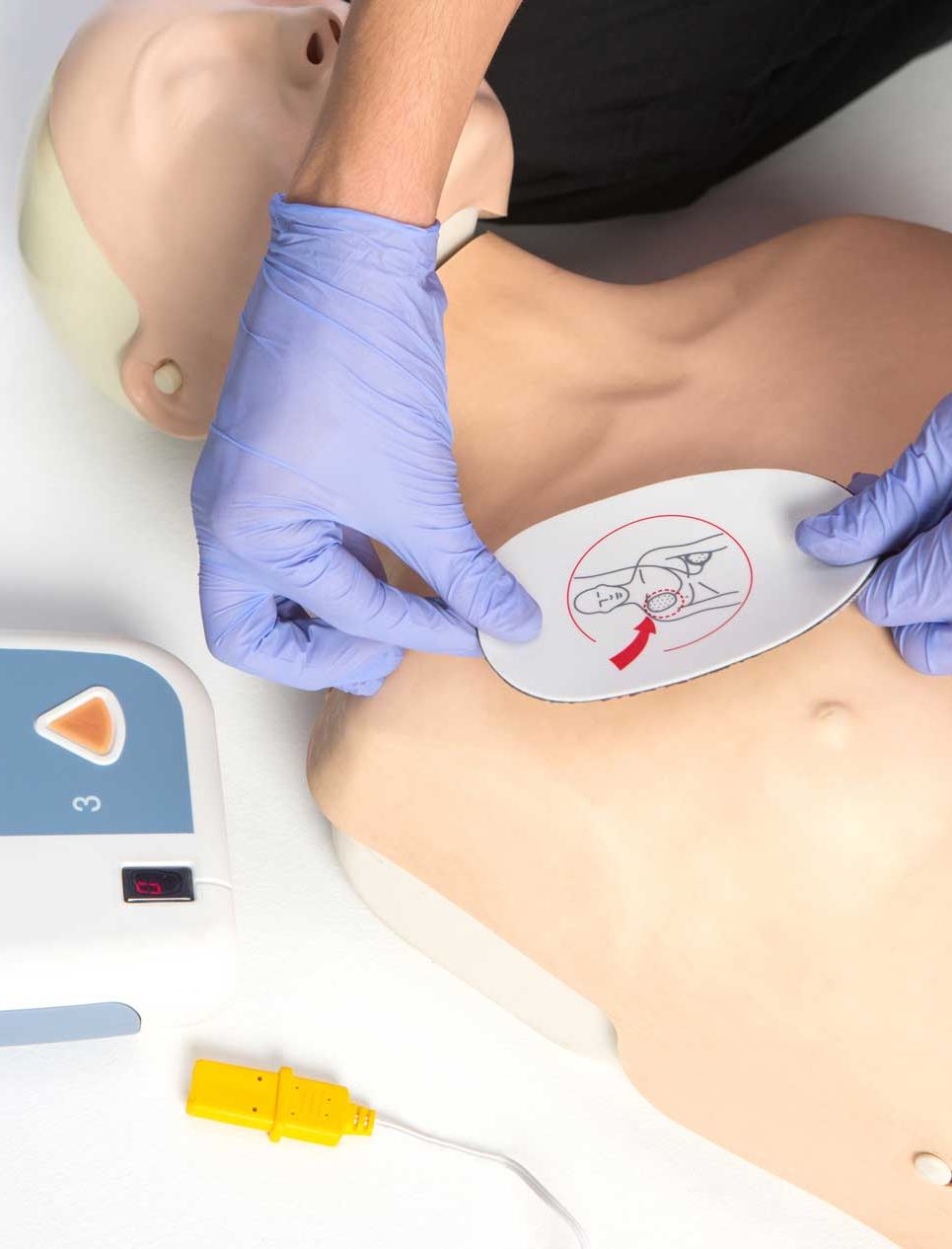

We provide 3 different types of CPR Training
Learn more about each of them by selecting below.
Not sure which training is right for your workplace? Contact us today for further assistance and advice.
IHF HeartSaver CPR & AED Training
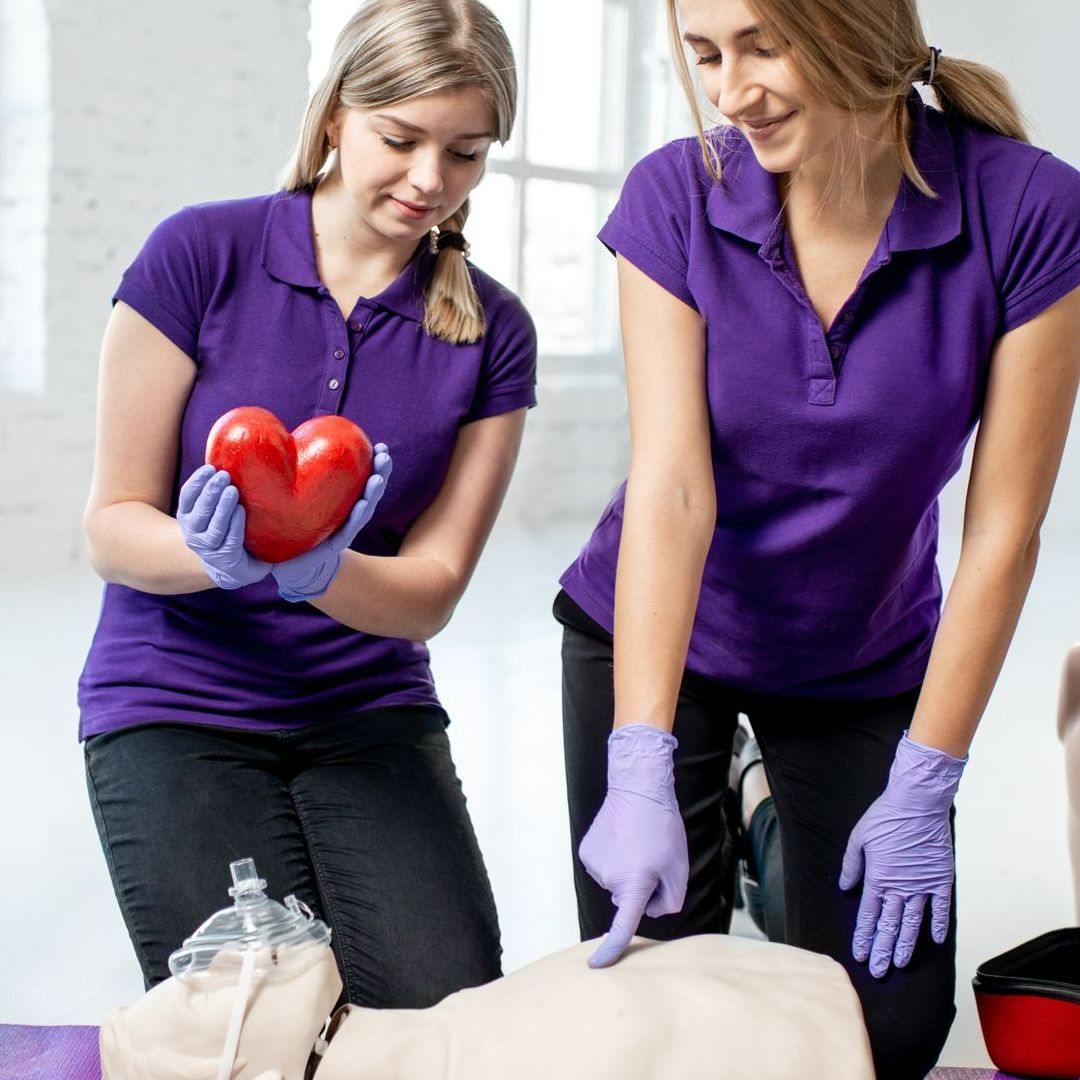
This course is a video-based, instructor-led course that teaches adult and child CPR and AED use, infant CPR, and how to relieve choking in adults, children, and infants.
Healthcare Provider Basic Life Support
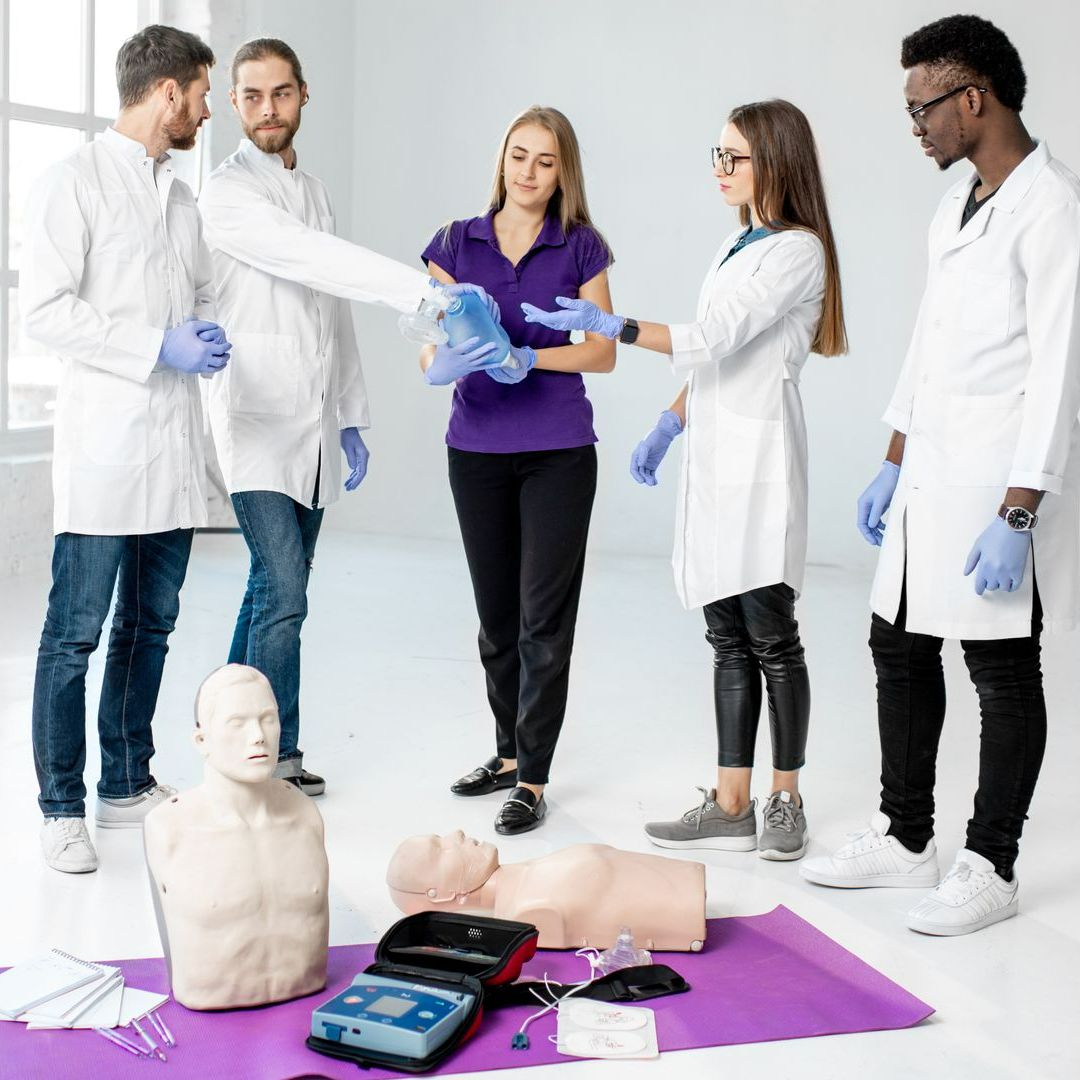
This course is intended for participants who provide healthcare to patients in a wide variety of settings, including in-hospital and out of hospital environments.
PHECC Cardiac First Response (CFR)
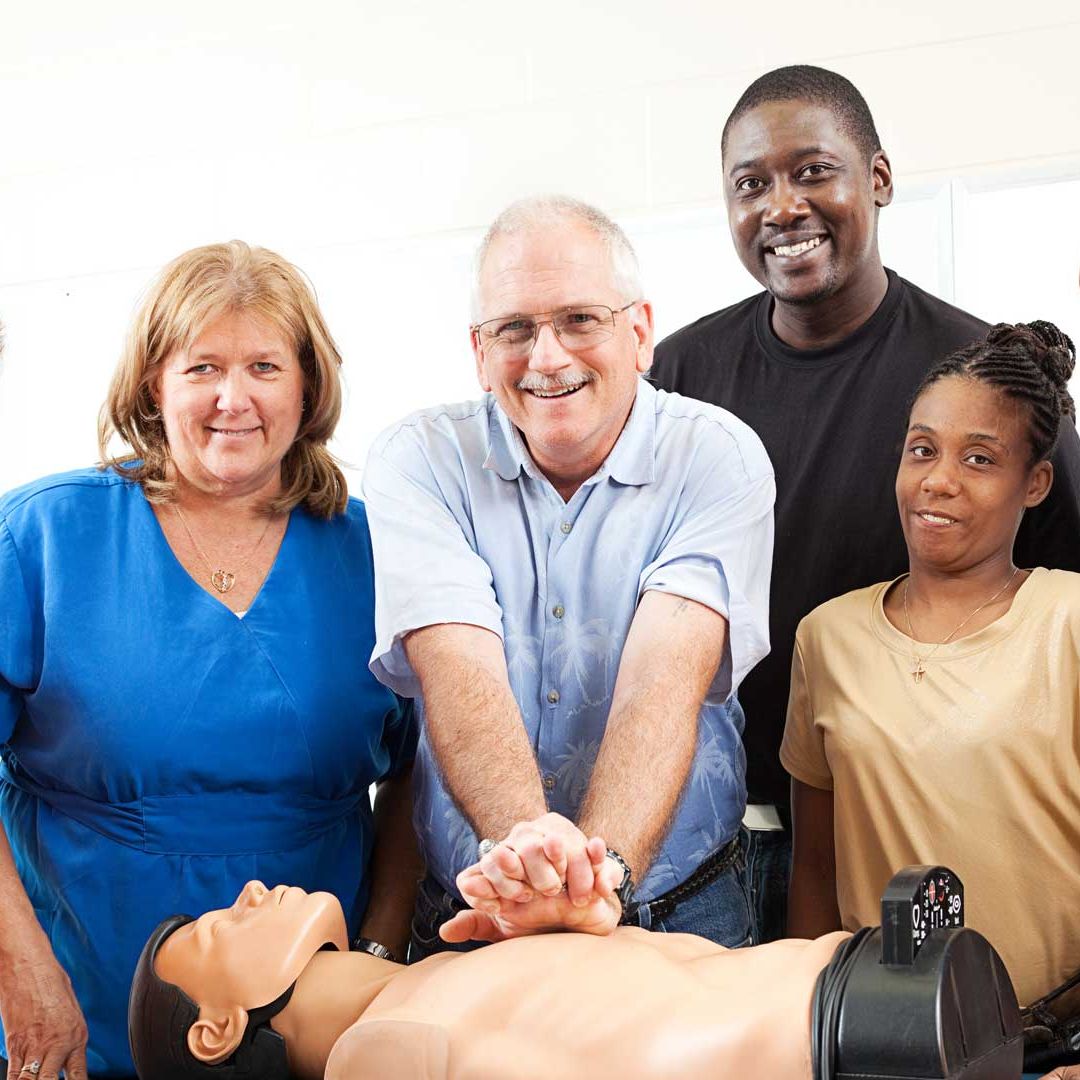
CFR is suited to those who may be required to respond to a sudden cardiac arrest, heart attack, choking, stroke or unconsciousness at home, in workplace or in their community.
Why everyone should know CPR and how to use an AED?
In the United States, more than 356,000 out-of-hospital cardiac arrests occur annually. Of these, about 90% are fatal. CPR, or cardiopulmonary resuscitation, is a lifesaving technique that can be used to manually preserve brain function until more advanced medical help arrives. When delivered immediately, CPR can double, or even triple, a victim’s chance of survival. AEDs, or automated external defibrillators, are devices that can be used to deliver an electrical shock to the heart, restoring its normal rhythm. AEDs are often found in public places, and anyone can be trained to use one. CPR and AEDs are two of the most important tools in the fight against cardiac arrest.
How to effectively perform CPR?
CPR, or cardiopulmonary resuscitation, is a lifesaving technique that is used when someone's heart and breathing have stopped. The steps for performing CPR are relatively simple, but it is important to remember that they must be performed in the correct order and with the correct technique in order to be effective. The first step in performing CPR is to call 112/999. This is important because emergency medical help will be necessary in order to revive the person. Once 112/999 has been called, the next step is to assess the person's condition. If they are not breathing, it will be necessary to perform CPR. The next step is to position yourself so that you are kneeling next to the person's chest. You will then place your palms on their chest, interlocking your fingers. It is important to remember to keep your fingers off of their ribs, as this could cause them further injury. Once your hands are in position, you will begin compressions. This is done by pressing down on the person's chest with your palms, making sure that your elbows are locked. The compressions should be about two inches deep and should be performed at a rate of about 100 per minute. After 30 compressions have been performed, the next step is to give the person two rescue breaths. To do this, you will tilt their head back and lift their chin. This will open their airway. Next, you will seal your lips around their mouth and nose and blow two breaths into their lungs. Each breath should last for about one second. After the rescue breaths have been given, you will resume chest compressions. You will continue to alternate between 30 compressions and two rescue breaths until the person begins to breath on their own or until emergency medical help arrives.
How to properly use an AED?
When using an AED, it is important to take note of the victim’s location, as this will help ensure that the AED pads are properly placed. The AED pads should be placed on the victim’s chest, just below the collarbone. Once the AED pads are in place, the AED will analyze the victim’s heart rhythm and will give clear instructions on whether or not a shock is needed. If a shock is needed, the AED will charge itself and administer the shock. It is important to remain clear of the victim while the AED is in use.
The importance of AEDs in the community
AEDs are an important part of the community because they are able to provide life-saving assistance to someone who is experiencing a cardiac event. When someone has a heart attack, their heart stops pumping blood and oxygen to the brain. AEDs are able to deliver a shock to the heart that can restart it. This shock is called defibrillation. AEDs are usually found in public places, such as malls, airports, and schools. They are also often carried by police officers, firefighters, and other first responders. Having AEDs in the community can help to save lives. In order for an AED to be effective, it needs to be used within the first few minutes of a cardiac event. This is why it is so important to have AEDs readily available in the community. If someone is experiencing a heart attack, every second counts. Having an AED nearby can make all the difference. When AEDs are used in combination with CPR, the chances of survival increase even more. CPR helps to circulate blood and oxygen to the brain. This can help to keep a person alive until the AED is able to restart their heart. AEDs are an important part of the community because they can save lives. Having AEDs readily available can make all the difference in a life-threatening situation.
How AEDs can save lives?
When it comes to an emergency, time is of the essence. Having an AED on hand can be the difference between life and death. AEDs are designed to be simple to use, and even those with no prior medical training can often use them effectively. An AED can be used to help someone who is experiencing a sudden cardiac arrest. This is when the heart suddenly stops beating, and it can happen to anyone, regardless of age or health. When this happens, blood stops flowing to the brain and other vital organs. Without treatment, death can occur within minutes. AEDs work by delivering an electric shock to the heart. This can help to restart the heart and restore normal rhythm. In many cases, this can be enough to save someone’s life. In order to use an AED effectively, it is important to follow the instructions carefully. Most AEDs will come with clear, concise instructions that anyone can follow. In many cases, the AED will also provide voice prompts to guide you through the process. It is also important to remember that AEDs are only to be used on someone who is unresponsive and not breathing normally. If the person is responsive and breathing normally, then an AED is not necessary and could even do more harm than good. If you are ever in a situation where someone needs an AED, don’t be afraid to use it. It could be the difference between life and death.
We cover Dublin, Kildare, Meath, Louth and Wicklow.
Training Services
Contact Information
Call: 086 2024504
info@handlewithcare.ie
2023 © Handle with Care Limited. Privacy Policy
